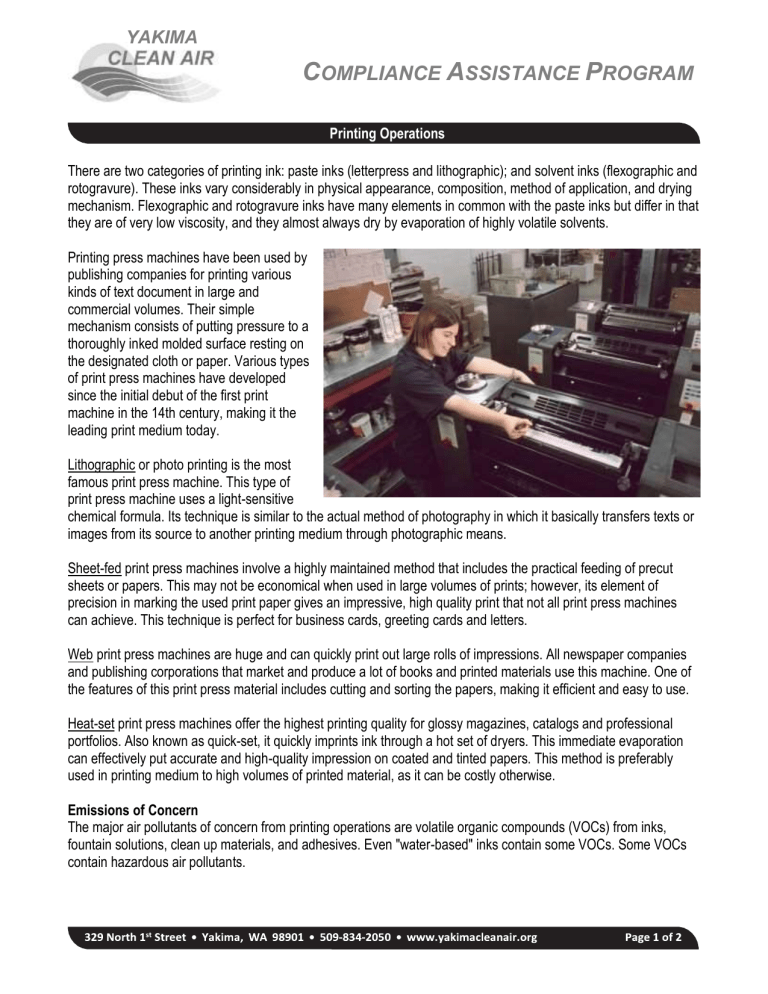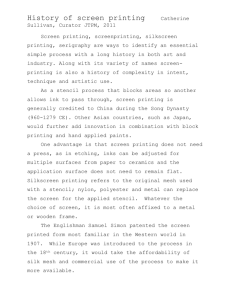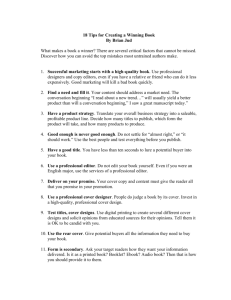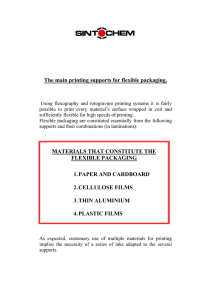NOV Fact Sheet - Yakima Regional Clean Air Agency

YAKIMA
C
OMPLIANCE
A
SSISTANCE
P
ROGRAM
Printing Operations
There are two categories of printing ink: paste inks (letterpress and lithographic); and solvent inks (flexographic and rotogravure). These inks vary considerably in physical appearance, composition, method of application, and drying mechanism. Flexographic and rotogravure inks have many elements in common with the paste inks but differ in that they are of very low viscosity, and they almost always dry by evaporation of highly volatile solvents.
Printing press machines have been used by publishing companies for printing various kinds of text document in large and commercial volumes. Their simple mechanism consists of putting pressure to a thoroughly inked molded surface resting on the designated cloth or paper. Various types of print press machines have developed since the initial debut of the first print machine in the 14th century, making it the leading print medium today.
Lithographic or photo printing is the most famous print press machine. This type of print press machine uses a light-sensitive chemical formula. Its technique is similar to the actual method of photography in which it basically transfers texts or images from its source to another printing medium through photographic means.
Sheet-fed print press machines involve a highly maintained method that includes the practical feeding of precut sheets or papers. This may not be economical when used in large volumes of prints; however, its element of precision in marking the used print paper gives an impressive, high quality print that not all print press machines can achieve. This technique is perfect for business cards, greeting cards and letters.
Web print press machines are huge and can quickly print out large rolls of impressions. All newspaper companies and publishing corporations that market and produce a lot of books and printed materials use this machine. One of the features of this print press material includes cutting and sorting the papers, making it efficient and easy to use.
Heat-set print press machines offer the highest printing quality for glossy magazines, catalogs and professional portfolios. Also known as quick-set, it quickly imprints ink through a hot set of dryers. This immediate evaporation can effectively put accurate and high-quality impression on coated and tinted papers. This method is preferably used in printing medium to high volumes of printed material, as it can be costly otherwise.
Emissions of Concern
The major air pollutants of concern from printing operations are volatile organic compounds (VOCs) from inks, fountain solutions, clean up materials, and adhesives. Even "water-based" inks contain some VOCs. Some VOCs contain hazardous air pollutants.
• • •
YAKIMA
C
OMPLIANCE
A
SSISTANCE
P
ROGRAM
Emission Controls
Emission control is accomplished primarily by operation and maintenance practices such as:
Keeping inks, fountain solutions, clean up materials, and adhesives containers covered; and
Preventing leaks.
For some large printing press operations, enclosure and capture / control is necessary.
New Source Review (NSR) & Fees
YRCAA requires that a NSR permit application be submitted and approved prior to the construction, installation, establishment, replacement or modification of air contaminant sources, emissions units or air pollution control equipment in YRCAA jurisdiction. This includes equipment associated with stationary or portable devices or any part of such a device that emits or has the potential to emit any air contaminant, including printing operations. There is a NSR permit application fee, and an Order of Approval fee, based on the staff time to conduct the review and draft the Order of Approval.
Annual Registration & Fees
Sources of air contaminants, including printing operations, must register annually with YRCAA and pay a fee.
YRCAA’s Board of Directors reviews fees annually. For current fees, click here . As a part of the registration program, businesses are required to complete and submit a registration form annually. The annual registration program enables YRCAA to classify sources and maintain an inventory of air contaminants. Information is also used to evaluate air pollution control strategies to attain and maintain National Ambient Air Quality Standards.
Inspections
Regular inspections of registered sources are conducted to verify compliance with air pollution regulations. When inspecting printing operations, the compliance team will:
review records;
determine if any changes have been made to processes, equipment, or materials;
observe operation and maintenance activities;
determine if any violations of rules, permits or orders exist; and
determine if any corrective actions are needed to avoid enforcement.
If you have already installed a printing operation, or are planning to in the future, please contact YRCAA. Our staff is available to assist you with the permit and registration process.
YRCAA Rules
YRCAA Regulation 1, Subsection 4.0
1
State Rules
WAC 173-400 – General Regulations for Air pollution Sources
Federal Rules
EPA has rules for control of hazardous air pollutants (HAPs) called maximum achievable control technology
(MACT) standards. To determine if your facility, equipment or operation is subject to a MACT standard see the following links: http://www.epa.gov/airtoxics/mactfnlalph.html and http://www.epa.gov/ttn/atw/area/compilation.html
• • •







